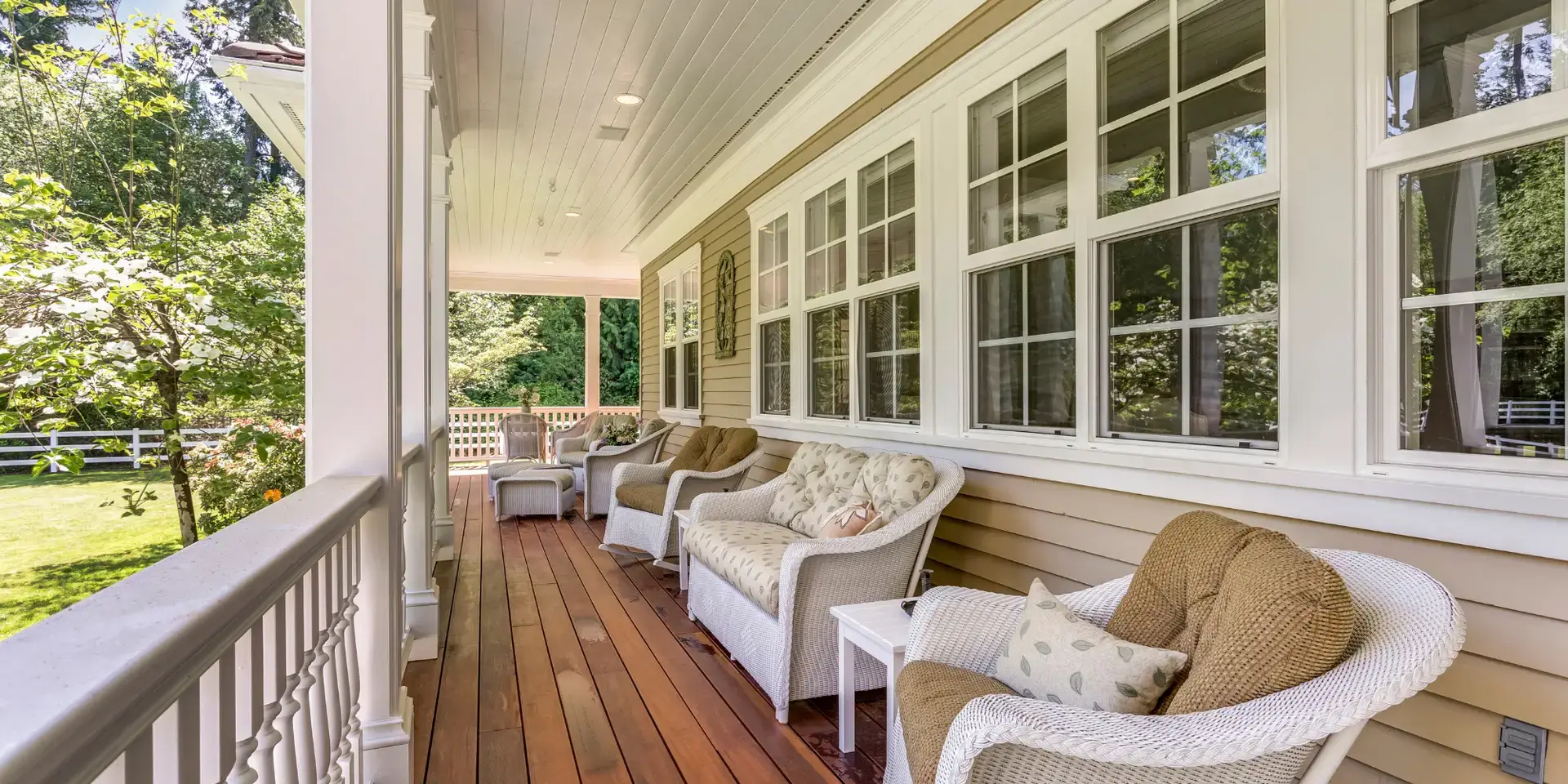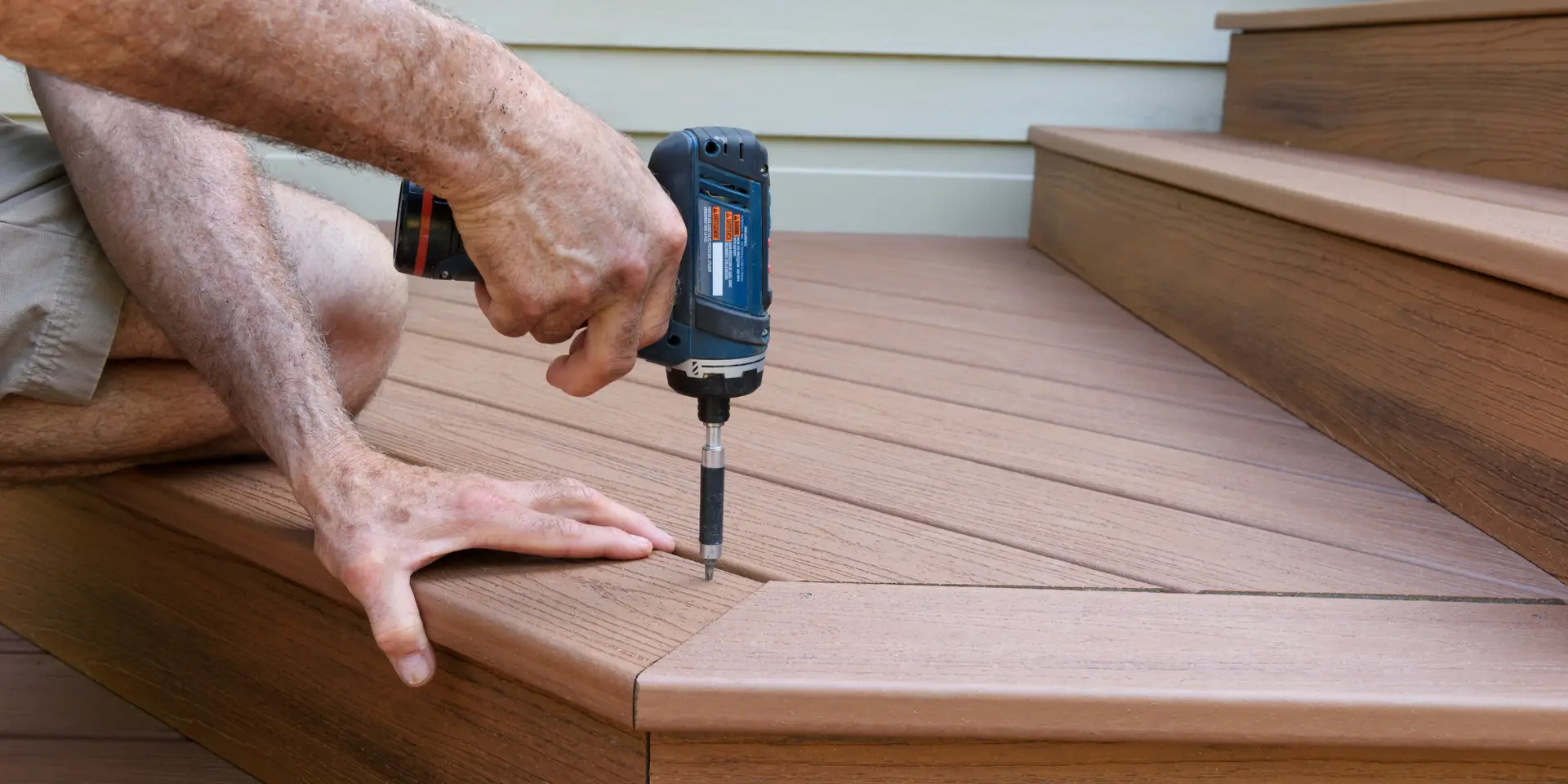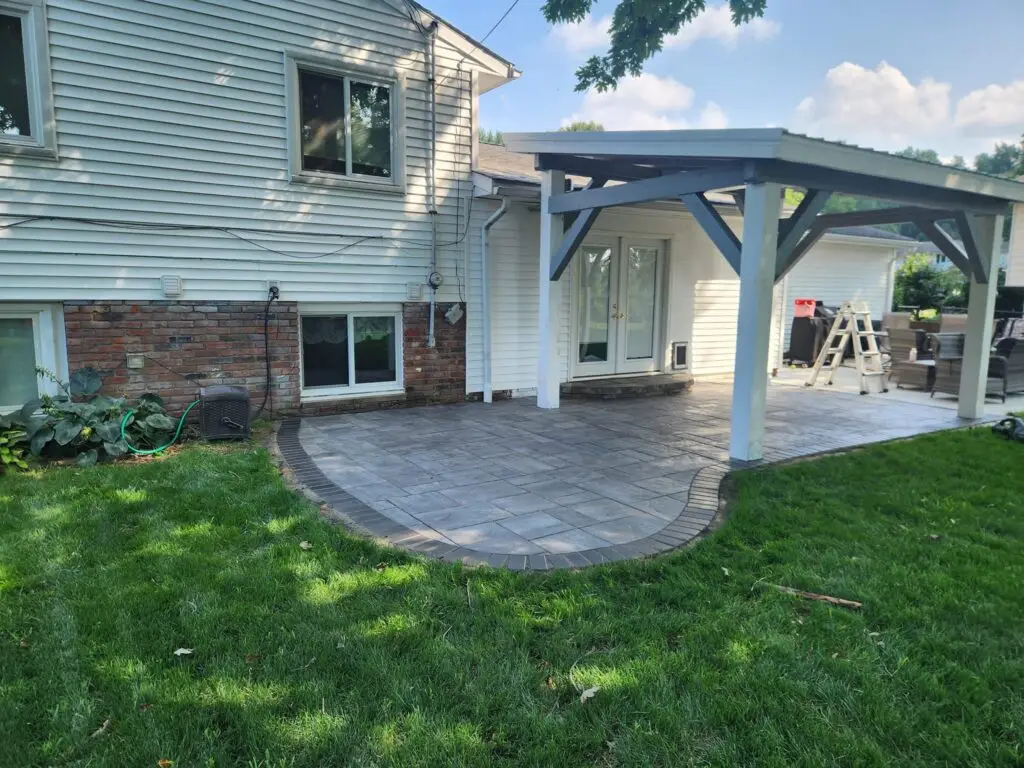Adding a deck is one of the best ways to expand your outdoor living space and boost your home’s value. But with so many materials, designs, and installation options available, it’s easy to make costly missteps during the planning process.
Before you build, make sure you’re not falling into one of these common traps. Here are the top 5 mistakes people make when choosing a deck—and how to avoid them.
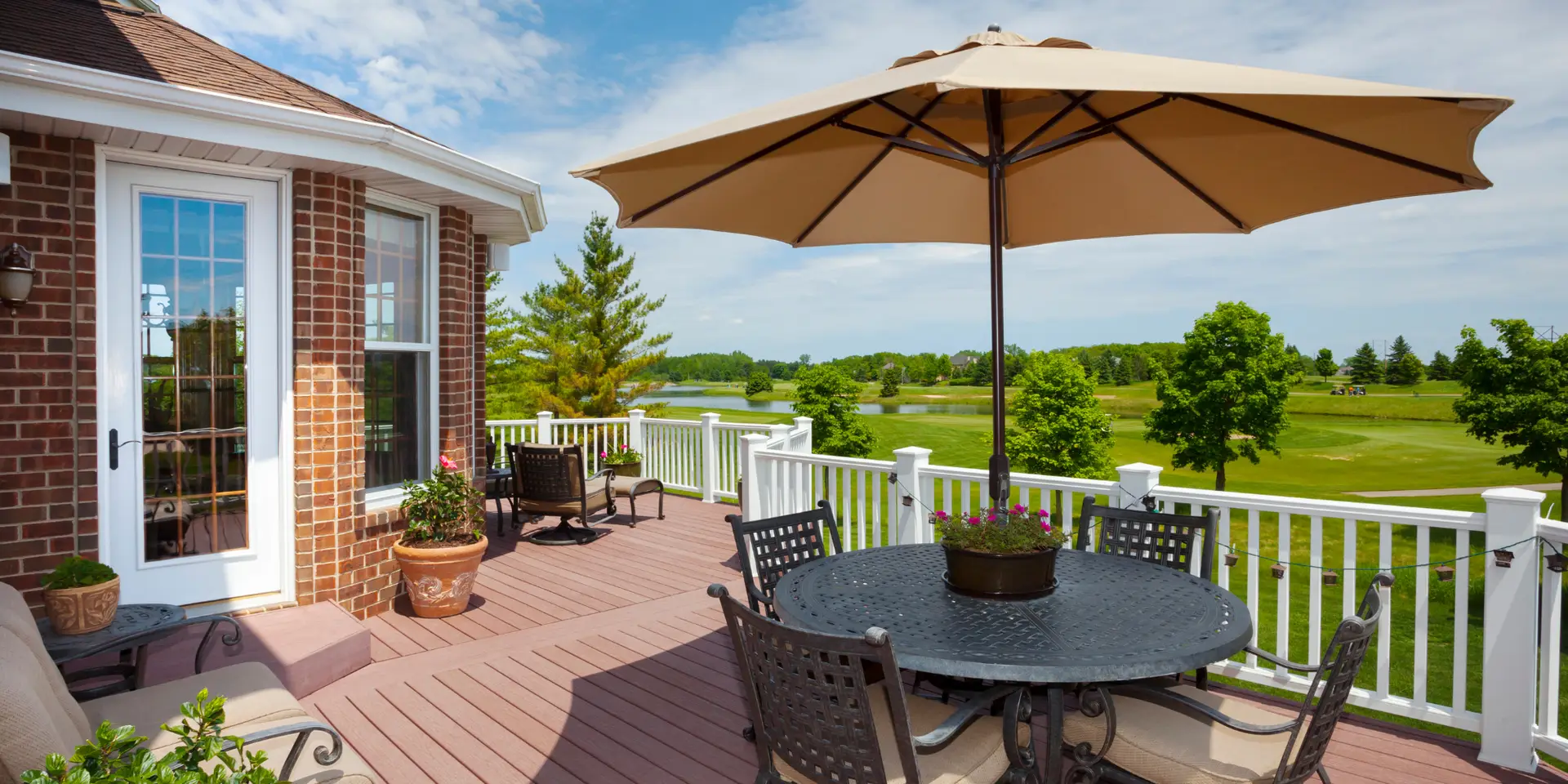
1. Choosing the Wrong Material for Your Climate
Not all decking materials perform the same in every environment. For example:
- Wood decks (like pressure-treated pine or cedar) look great but may warp or rot quickly in humid, wet climates without regular maintenance
- Composite decking is low-maintenance and weather-resistant but can get hot underfoot in full sun
- PVC or vinyl decks resist moisture and insects well, but may lack the natural look many homeowners want
Avoid this mistake: Consider your local climate and how much maintenance you’re willing to do. Talk to a contractor or supplier about what materials perform best in your region.
2. Underestimating the Total Cost
Deck projects often go over budget—not just because of material costs, but due to:
- Labor
- Permits
- Railings and stairs
- Site prep or leveling
- Extras like lighting, built-in seating, or pergolas
What starts as a $5,000* estimate can quickly balloon to $10,000* or more if you’re not careful.
Avoid this mistake: Get multiple detailed quotes, factor in all potential costs (including finishing and long-term upkeep), and leave room in your budget for unexpected expenses.
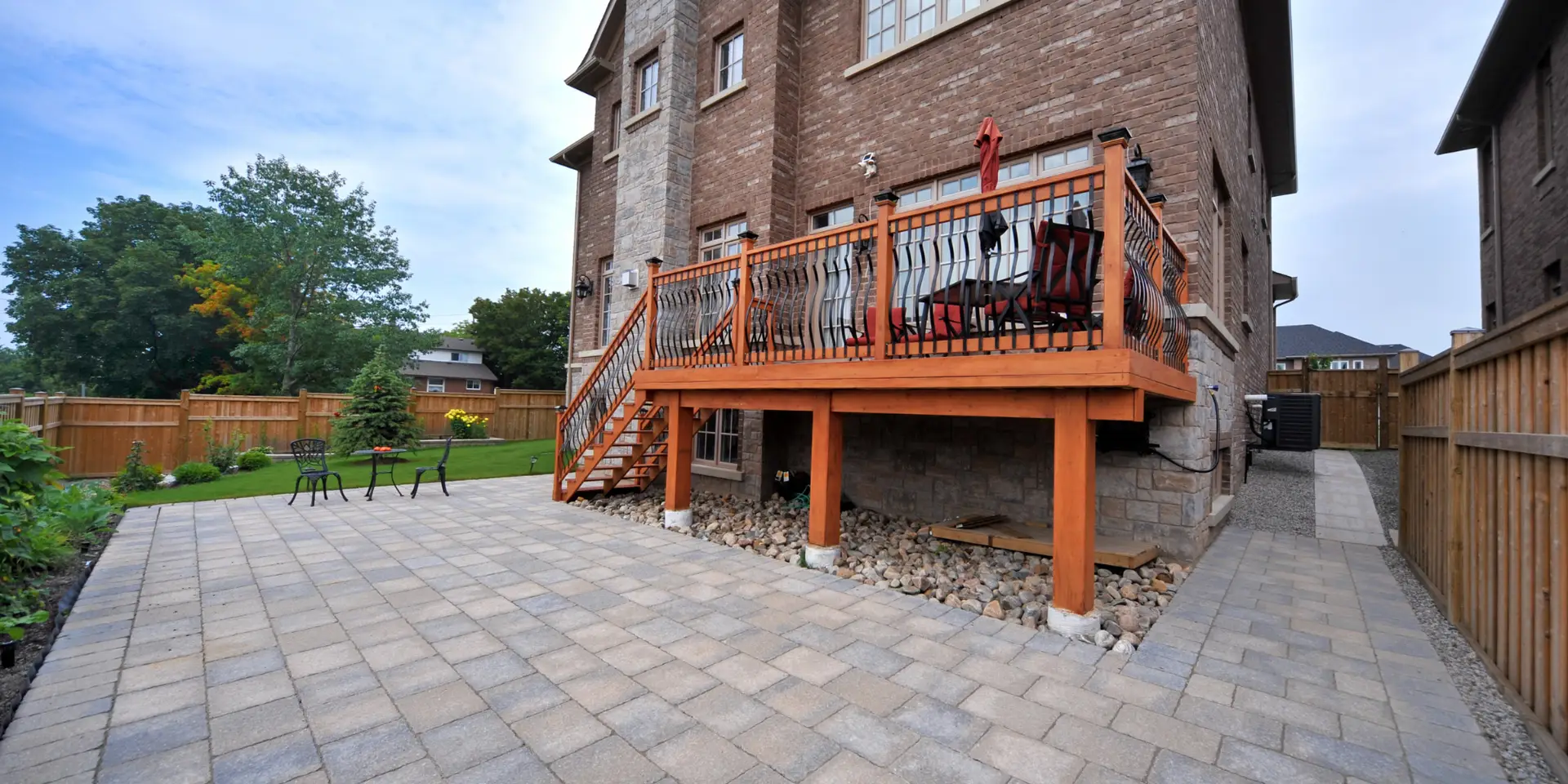
3. Neglecting to Check Local Codes and HOA Rules
Some homeowners are surprised to learn that their deck violates zoning rules or HOA guidelines—leading to fines, forced changes, or even removal.
Common restrictions include:
- Height and size limits
- Required setbacks from property lines
- Railing or safety codes
- Material restrictions in historic districts or communities
Avoid this mistake: Always check local building codes and HOA requirements before you start designing your deck. Permits may be required even for ground-level platforms.
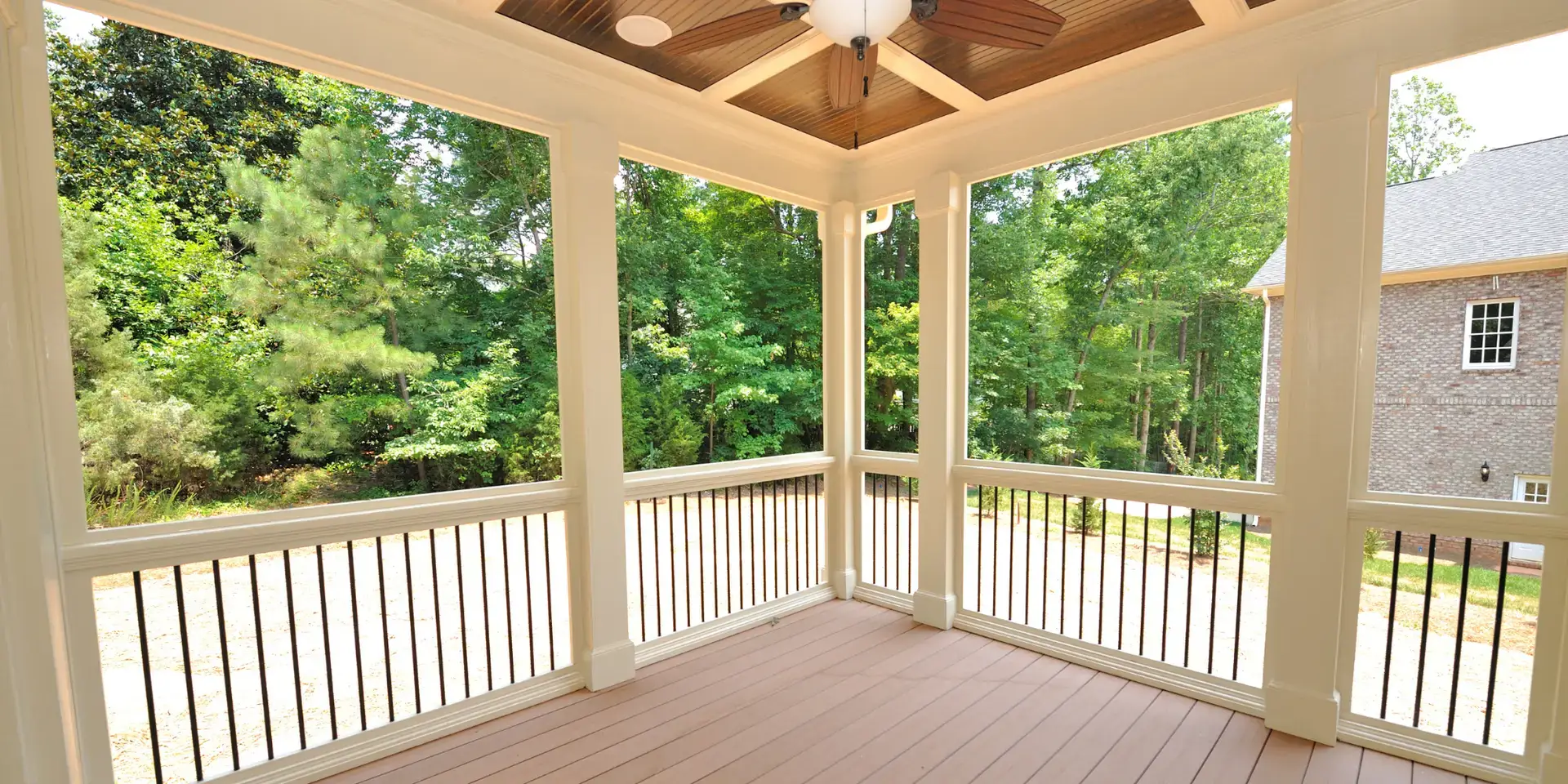
4. Focusing Only on Aesthetics, Not Function
It’s easy to get caught up in Pinterest-worthy designs—but if your deck doesn’t meet your functional needs, you may end up disappointed.
Ask yourself:
- Will it get direct sun most of the day?
- Do you want space for dining, lounging, grilling—or all three?
- Will it connect well to your interior living space?
- Is privacy a concern?
Avoid this mistake: Think about how you plan to use the space daily. Choose a size, shape, and layout that supports your lifestyle, not just your vision board.
5. Skipping Professional Help for Design or Installation
DIY decks can save money, but if not designed or built correctly, they can lead to major issues like:
- Improper structural support
- Poor drainage or uneven footings
- Unsafe railings or stairs
- Shortened lifespan due to installation errors
Avoid this mistake: If you’re not experienced with building or structural design, consult a contractor. Even a simple design consultation can save you time, money, and headaches down the road.
A well-designed deck can transform your outdoor space—but only if it’s built to last and suited to your lifestyle. By avoiding these five common mistakes, you can make smarter choices and enjoy your deck for years to come.
Need help designing your ideal patio or getting a quote? Scenic-FX Landscape Construction is here to help!
*Square footage pricing referenced is for general guidance only. Final costs may vary based on the specific scope, materials, and conditions of each project. A detailed estimate will be provided after a full project assessment.

